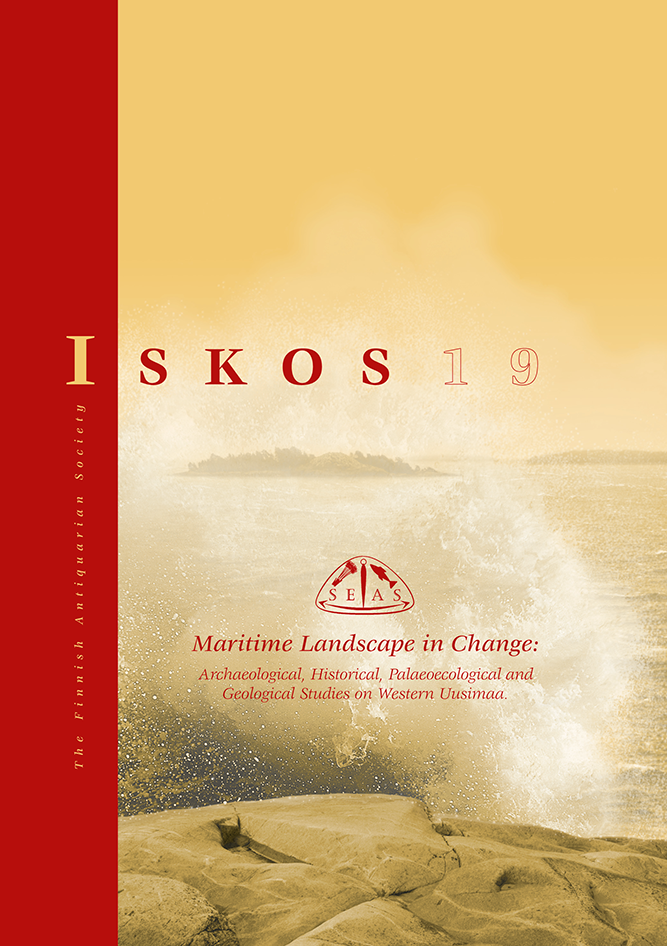From Forest to a Farmland. Palaeoenvironmental Reconstruction of the Colonization of Western Uusimaa
Keywords:
pollen analysis, Uusimaa, settlement history, cultivation history, grazingAbstract
According to the traditional hypothesis formulated on the basis of earlier archaeological and historical records, it was not until between the 12th and 14th centuries, when Swedes colonised the new areas in the northeastern side of the Baltic Sea. In order to investigate this hypothesis and the settlement history of Uusimaa, the pollen analytical results from altogether six continuous sediment cores from small lakes are presented. Former pollen analytical studies in the southern coastal areas provide important reference material.
In the pollen data, after the isolation of the lakes, the earliest phase of land use extends from the Pre-Roman Iron Age (500 BC - AD 1) through the Early Roman Iron Age (AD 1 - 200) until the end of the Late Roman Iron Age (AD 200 - 400). This period of land use can be described as forest clearing associated in some places with sporadic, small-scale cultivation.
Intensification of land-use practices is recorded from the beginning of the Migration Period (AD 400 -600). Among the six study sites, there is evidence for continuous rye cultivation from AD 390 - AD 440 onwards on the large maritime island of Orslandet (Ingå) and also in the more coastal environment in Prästkulla (Ekenäs in Raseborg).
A fully agrarian landscape with permanent settlements, cultivated fields, and pastures becomes observable in the southern coastal areas gradually. Among the six studied cultural sites, this is first demonstrated on the archipelagic island Orslandet from as early as AD 670 onwards. In most study sites, there is evidence for permanent settlement and a fully agrarian landscape from AD 940 - 1100 onwards.




